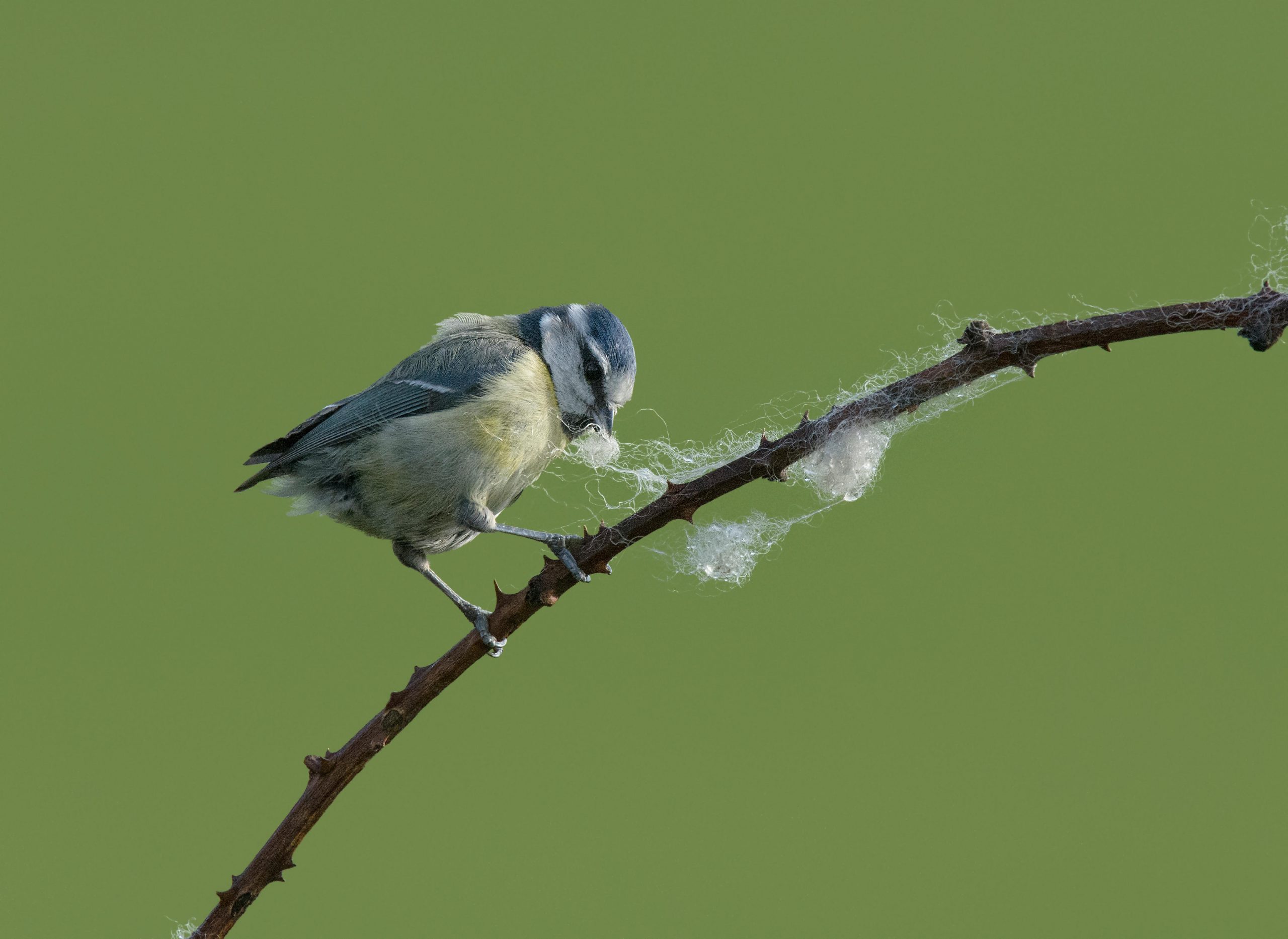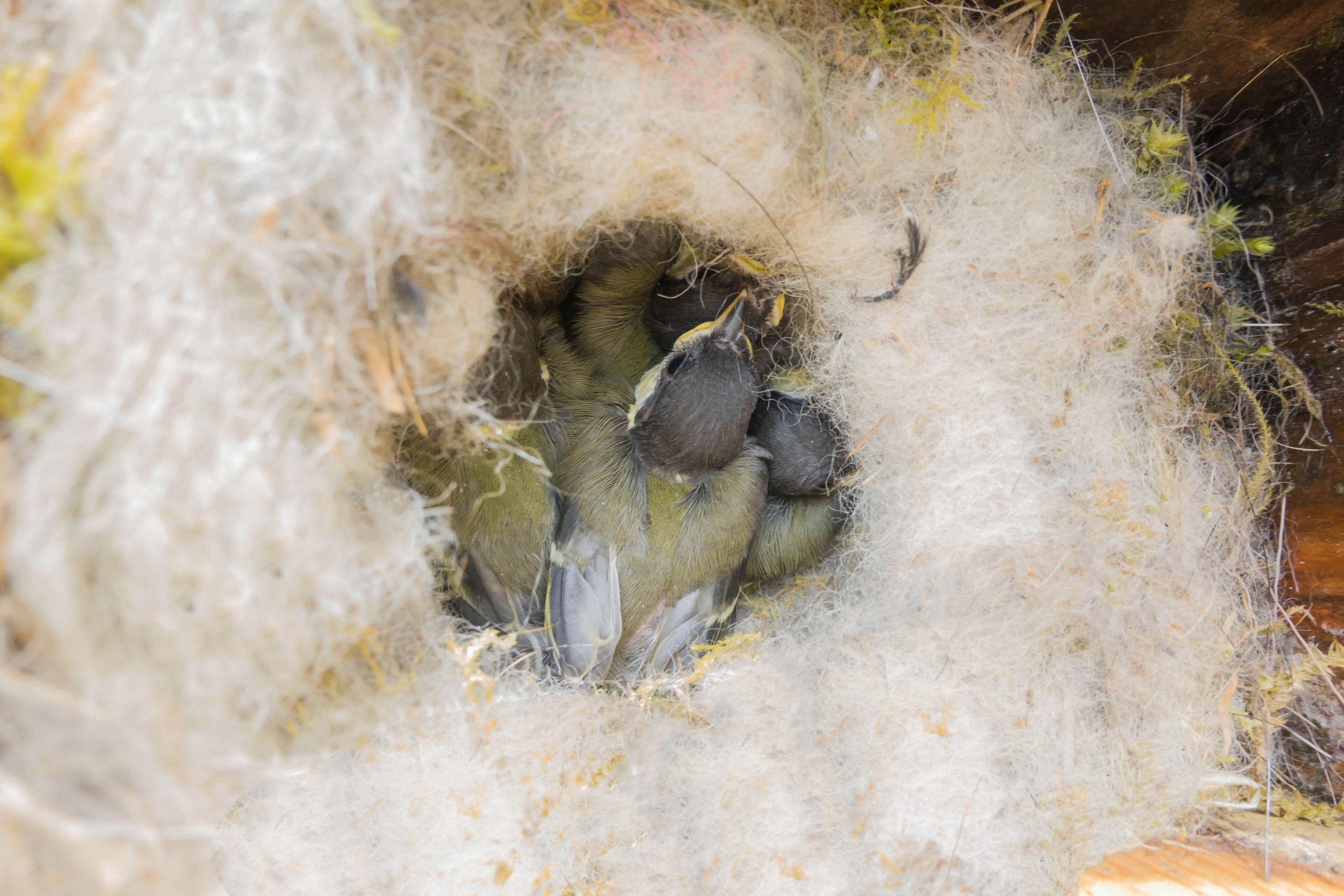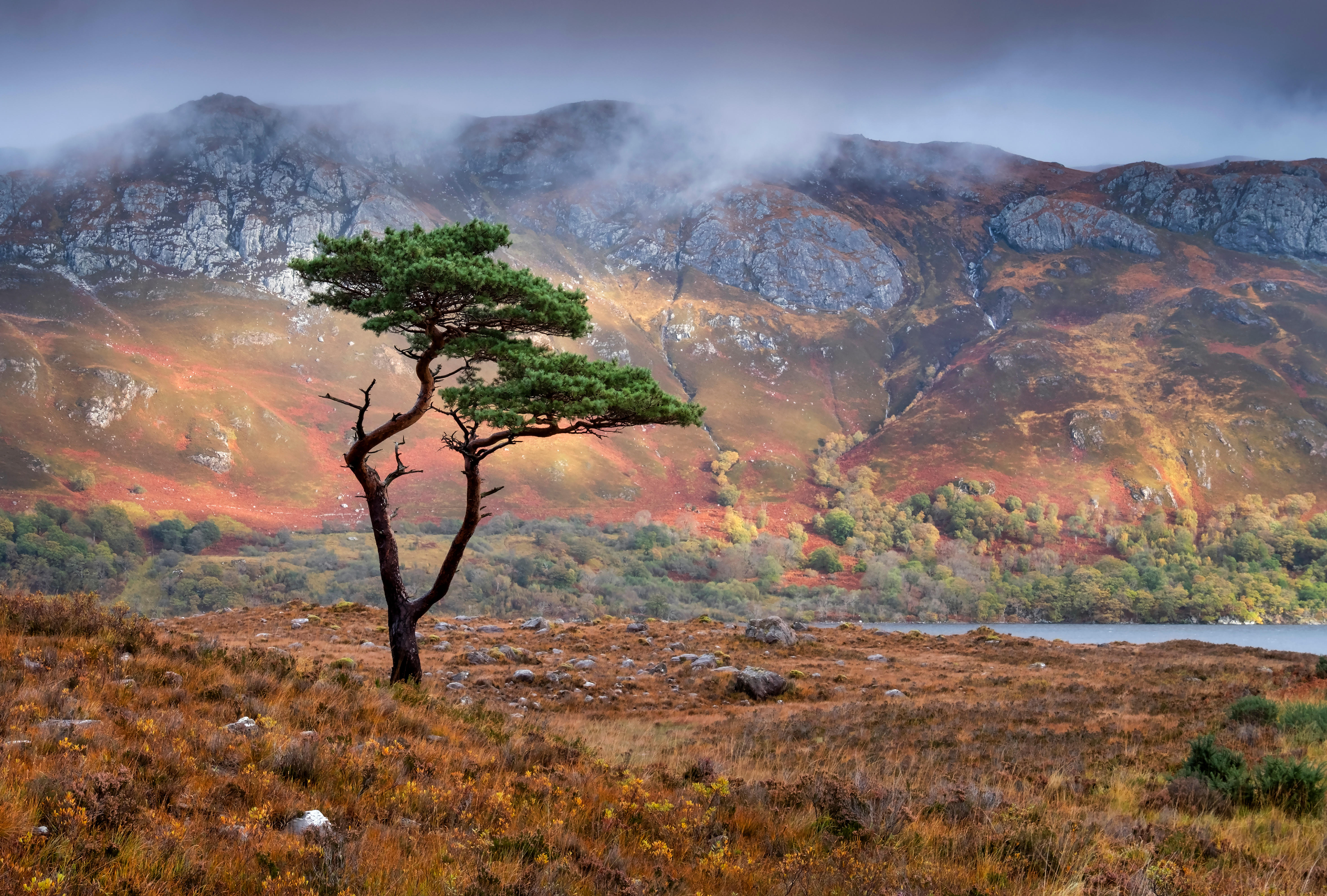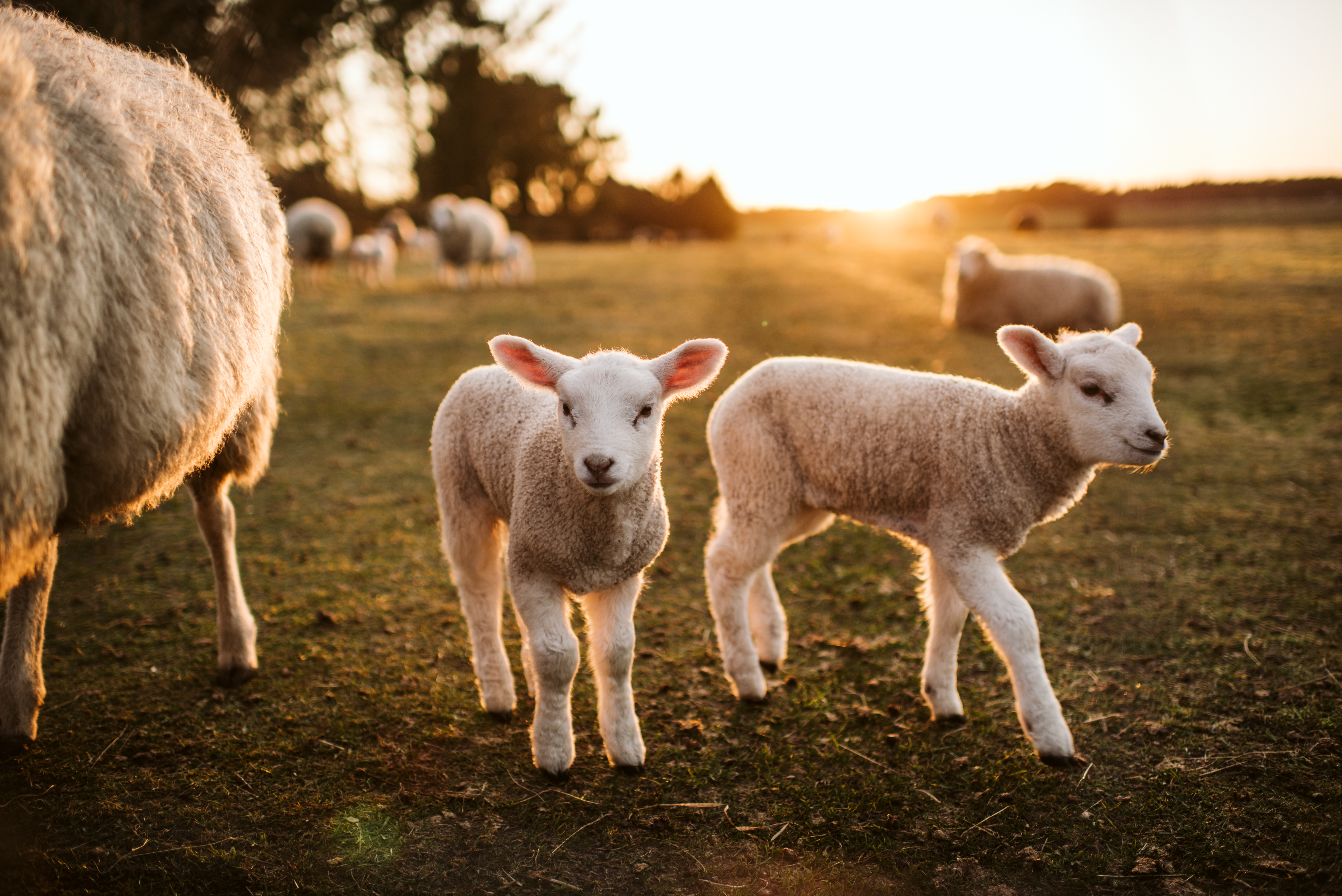John Lewis-Stempel: Birds' nests, wool, and how the dung of a single outdoor cow feeds 2.2 million insects per year
As he repairs a fence that’s gone floppy thanks to the cattle rubbing against it, John Lewis-Stempel pauses on a warm Spring morning to admire all the birds busily building and lining their nests with cow hair.


Mizzly morning. Half misty, half drizzly. So, mizzly. Not quite Chaucer’s April ‘shoures’, but a white veil across the valley and a slippery shaft to the sledgehammer. As. I. Bang in. Chestnut staves. To support. A. Fence. It is a fence that requires a little explanation. Or apology, being five quick and cheap horizontal strands of barbed wire along the side of the cows’ night paddock. Somewhat surprisingly, the Limousins find the spiky barrier the acme of scratching devices, rubbing their 1,500lb bodies along it with total, sighing bliss. Once in a while, the fence fails in its heavy-duty beauty provision; this morning, some staves have snapped and a 15-yard stretch is performing a Fosbury flop. Hence the sledgehammer, the fresh new staves and the steady echo thud of steel-head on wood-end. An old agricultural sound.
The work is not unpleasant; the weather may be damp, but it’s warm and the honey scent of the last blackthorn blossom can be tasted on the tongue. From an invisible perch lost in the stratosphere, a skylark pours silver song over me.
Also, I have company — a female blue tit is nest-building in a nearby ancient wild cherry tree, where a broken-off limb has left a deep, shadowed socket. Her favoured material is the cow hair clotted on the barbed wire like ginger musical notes on a stave. So frequent are her flits from tree to fence and back, they’re a diagonal blur on the retina.
How fresh the air the birds how busy now In every walk if I but peep I find Nests newly made or finished all and lined With hair and thistle down and in the bough Of little hawthorn huddled up in green The leaves still thickening as the spring gets age The Pinks’ [chaffinches’] quite round and snug and closely laid And linnets of materials are loose and rough…From ‘Birds Nests’ by John Clare
The tomtit’s desire for cow fur to furnish her des-res confirms the excellence of farm livestock in boosting Nature. Would there not be more bats and barn swallows on arable prairies if these were up-stocked with excrement-emitting Ermintrudes? As early as 1954, B. R. Lawrence, in the Journal of Animal Ecology, calculated that the dung of a single outdoor cow feeds 2.2 million insects per year.
I now miss hitting a stake with the sledgehammer because I am kicking myself. A small book of mine extolling sheep has just entered the shops — Roll up! Roll up! In the 180 pages of The Sheep’s Tale, I enumerate a field-full of reasons why sheep are good for people and the environment… but I have failed to include natural wool’s desirability as avian nest-making material. I mean, really, the stuff is even sold for the purpose in garden centres. Such a crucial omission is the writer’s version of l’esprit d’escalier, the formulation of a clinching argument when it is too late, the dinner party over. Or the book printed.
Some sly elvin spirit in the air makes me look around. Behind me, 10 white sheep are slumbering, having finished their morning grazing. On the back of one of the gleaming ewes, Valentina, a starling is perched and pecking at a tick or some other parasite: grooming behaviour that has led to the Herefordshire names for the bird of ‘sheep stare’ and ‘shepstarling’. The starling, eating done, then takes a tuft of loose neck wool and flies away with the prize grasped firmly in its slender yellow beak.
Magpies also have a mutualistic, eudaemonic agreement with sheep, whereby the bird de-pests the beast. And I have known more than one magpie opportunistically nick a beakful of fleece off a living sheep, although the majority of bird species around here gather wool from the hawthorns the sheep use as their ‘comfort trees’, their personal rubbing apparatuses. On the lower branches, snips of white wool hang like gnomes’ washing or premonitions of the shrub’s blossom yet to burst.
Exquisite houses, the beauty of Nature, and how to get the most from your life, straight to your inbox.

By now, I have pounded the last stake into the clay, so I start for home along the track. My mood is distinctly self-flagellating and I peer here, there and everywhere for bird homes utilising animal hair. Ah, hell! The poem Birds Nests by John Clare comes ringing to mind, with its couplet ‘Nests newly made or finished all and lined/With hair and thistle down and in the bough’. And then The Yellowhammer’s Nest with ‘Lined thinly with the horse’s sable hair’. (Clare made a special subject of avian abodes in his poetry. He was something of a nester himself, rarely leaving the few acres around his cottage in Helpston; when incarcerated in a mental asylum, he escaped and walked the Great North Road home.)
If April is a month of the rising tide of birdsong, it’s equally the time of increasing nest-construction. From behind the verdigris scribbles of ivy on the barn’s stone wall, a robin emerges. I peek into the crevasse at her work; the bowl-shaped nest is lined with the fine chestnut hair of our horse. Within the greening hedgerow is the home of the timid dunnock; carefully parting the wild arches of briar reveals the deep distinctive cup is lined for insulation with black sheep’s wool. In the crook of a blackthorn bush, with projecting spikes that make it Nature’s own cheval de frise, sits secure the neat nest of a chaffinch, woven from moss and padded with homely brown cow hair. On this soft bed rest five pale eggs, their shells inked with red hieroglyphics, the secret language known only to the birds.
All this on a short stretch of farm track, where cows, sheep and horses live. Alongside a sheepish man, who forgot his lines.
Twice crowned victor of the Wainwright Prize for Nature writing, for ‘Where Poppies Blow’ and ‘Meadowland’, John Lewis-Stempel’s latest bestselling book, ‘Woodston: The Biography of an English Farm’, was published last year (Doubleday, £20)

The 10 best trees you'll find in Britain, from Alder to Scots Pine
John Lewis-Stempel picks out his ten favourite British trees.

Credit: Philip Bannister / Country Life
The extraordinary writing which made John Lewis-Stempel Columnist of the Year
Read three of the beautiful, evocative articles which made Country Life's John Lewis-Stempel the Columnist of the Year.

Credit: Getty
Snow, rubber gloves, lubricant gel... and moments of wonder and joy: The reality of lambing in winter
John Lewis-Stempel's dispatches from lambing season focus on the early March snows which made a tough job into an battle.
